Project Ara
Inflatable Futures
PROJECT ARA:
A collaboration with WINT, a design lab focused on sustainable product innovation, to investigate the potential benefits of using inflation in new packaging methods. This project aims to explore how harnessing air can lead to more durable and efficient ways of creating spaces and protecting goods at various scales.
Inspired by nature’s microstructures, this project journeys from the microscopic to the monumental. Structured into three chapters, the narrative explores a design methodology grounded in research, experimentation, and applied imagination.
CHAPTER 01: BIOMIMICRY – LEARNING FROM NATURE'S INTELLIGENCE.

Design begins with observation. Microscopic textures and cellular geometries serve as the foundation for inquiry. Giving reverence to evolution’s efficiency, we see that what may appear fragile conceals an intelligent structure.
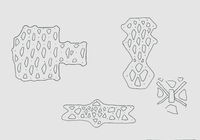
Sketches by WINT Design Lab.
CHAPTER 02: ITERATION - DESIGNING THROUGH EXPERIMENT
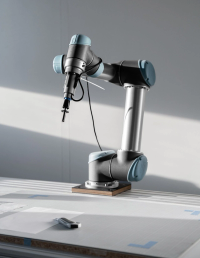
This chapter explores the design loop: sketching, modelling, fabricating, and evaluating. Prototypes emerge and evolve through digital and physical processes, allowing ideas to be broken down, rebuilt, and expanded. Iteration is presented not as a linear path, but as a dynamic spiral—where each version informs the next, and failure is as instructive as success. Here, the design gains shape, materiality, and momentum.
"ITERATION IS PRESENTED NOT AS A LINEAR PATH, BUT AS A DYNAMIC SPIRAL"
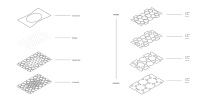
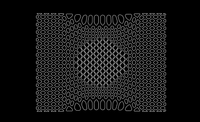
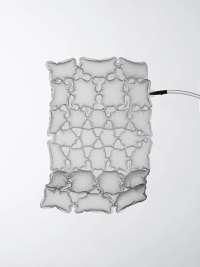
Engaging with reality and building prototypes using real materials is essential to understanding their actual behaviour and deformation. In this project, the combination of simulation, hands-on testing, and visual exploration made the process especially exciting. It helped uncover design possibilities and forms that might otherwise remain hidden.
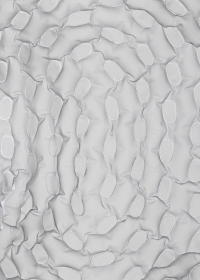
“PNEUMATICS AND REVOLUTION AGREE WELL. BOTH ARE FUELED BY WIND AND MYTH OF TRANSCENDENCE; AS THE BALLOON ENRAPTURES THE CHILD, THEY ANIMATE AND TRANSPORT US ON THE PROMISE OF AN IMMINENT PASSAGE INTO A PERFECTED FUTURE.”
Marc Dessauce
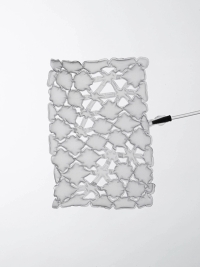
CHAPTER 03: PROTECTION – FROM FRAGILITY TO STRENGTH
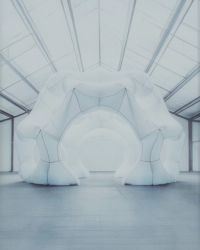
The final chapter reveals the culmination of research and iteration: design systems that offer protection, not through rigidity, but through intelligent structure. Inspired by biological defences, the resulting forms suggest applications in architecture, responsive surfaces, and adaptive shielding. These designs propose a new kind of resilience—lightweight and modular. Informed by natural logic. They represent not just products but potential: a vision of how biomimetic thinking can translate into real-world impact.
Drawing on biological defence mechanisms, these designs envision a future of architecture, materials, and shielding that responds, adapts, and evolves. Resilience is redefined here—as lightweight, modular, and responsive. These are not merely objects but blueprints of possibility, where biomimicry becomes tangible innovation, capable of setting new standards and paving the way forward.